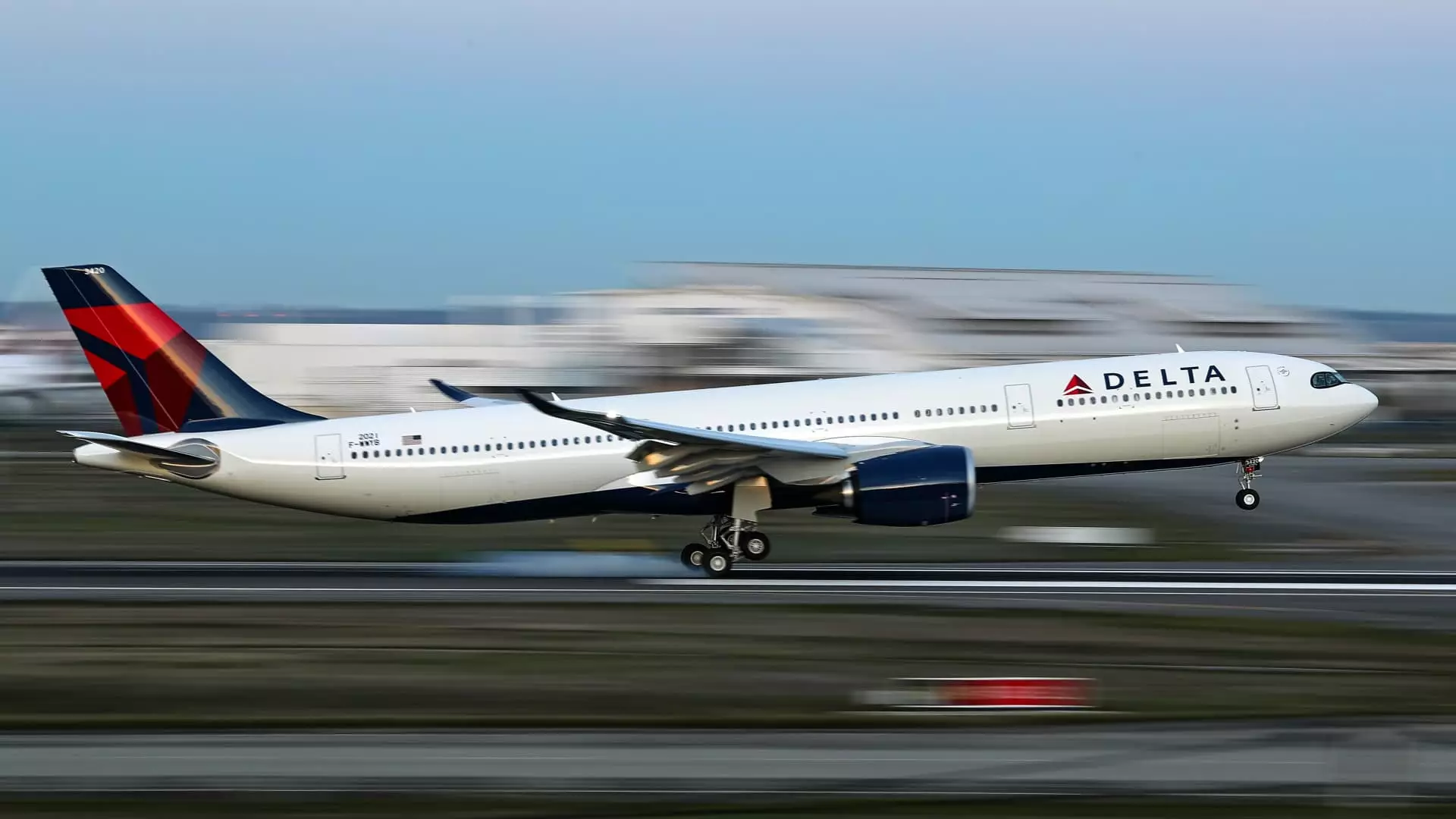Delta Air Lines is embarking on a daring journey to reshape the landscape of premium air travel, moving beyond traditional notions of luxury. Historically, airlines have economized by dividing their cabins into distinct segments: basic economy, standard economy, and premium classes. However, Delta is now shifting its focus to the upper echelon of their fleet, where demand remains resilient amidst a challenging industry. By experimenting with new ticket structures in their premium cabins, Delta aims to tailor the experience to diverse traveler needs, fostering a more segmented and personalized service model. This approach is not just about adding comfort but about redefining what premium means in a competitive market increasingly driven by consumer choice and technology.
The airline recognizes that the luxury segment is no longer a static offering but a dynamic battlefield. As margins expand in premium sectors, Delta is eager to leverage this profitability by innovating ticket options—potentially introducing more flexible, affordable, or customized products. The goal is clear: upgrade the passenger experience while simultaneously capturing a larger slice of the lucrative high-end market. This could lead to a new era where premium seating becomes more accessible, not necessarily by lowering quality but by introducing a spectrum of options that appeal to different customer profiles.
Balancing Exclusivity and Accessibility: The Future of Premium Pricing
The strategy raises a critical question—will Delta dilute the exclusivity of their top-tier cabins? Industry insiders suggest that the airline might consider cheaper, less-perk-laden premium options or larger seats with modular add-ons, enabling travelers to pay only for what they truly value. Such a move could challenge the traditional premium experience, which has largely been predicated on offering heightened comfort and amenities at a premium price point.
Critics argue that airlines face a Catch-22: maintaining profitability requires offering sufficient value to justify high fares, yet economic pressures and consumer demand for fairness push for more accessible pricing. Delta appears to be treading this tightrope cautiously, emphasizing that customer understanding and perceived value are paramount before any substantial rollout. The company’s reluctance to divulge concrete plans indicates an awareness that drastic reforms could risk alienating loyal high-end clientele or undermining the perceived prestige of their premium offerings.
In the broader context, this testing phase might serve as a blueprint for the industry. If successful, it could lead to a renaissance in premium cabins—one where flexibility and personalization eclipse traditional luxury markers like oversized seats and lounge access as the main differentiators.
Competitive Dynamics and the Race to Innovate
Other major airlines are not sitting idle. United’s Polaris and American’s revamped Dreamliner cabins exemplify a broader industry trend—upgrade, innovate, and differentiate. United’s plans to create more spacious and social-friendly suites demonstrate an understanding that premium travelers increasingly value privacy and social spaces, not just seats with better padding. Virgin Atlantic’s “Retreat Suite” underscores this sentiment, offering a private social space where groups can dine and socialize in-flight.
Against this backdrop, Delta’s potential developments represent a calculated effort to stay ahead in the race for premium dominance. CEO Ed Bastian’s acknowledgment that “premium products have had life cycles” signals an industry aware of the need for continuous innovation. Yet, the challenge remains: how to modernize without eroding the core value proposition that justifies the high price tags.
Delta’s strategy, if successful, could recalibrate the market—offering a more nuanced array of options that emphasize bespoke experiences over mere high-end amenities. Such a shift could both attract new customers seeking affordability and deepen loyalty among existing premium travelers by providing more tailored choices. Still, the critical debate persists—can an airline truly strike a balance between luxury and flexibility without undermining the brand’s prestige?
Delta’s exploration into redefining premium travel is emblematic of a sector in flux. It’s a gamble that reflects broader economic realities and changing consumer expectations, emphasizing innovation and segmentation over the traditional “luxury for luxury’s sake” model. Whether this bold approach will set a new industry standard or fragment the premium market into ever more niche segments remains to be seen—but one thing is certain: Delta is not content to rest on its laurels in an era where adaptability is the greatest asset.

